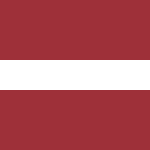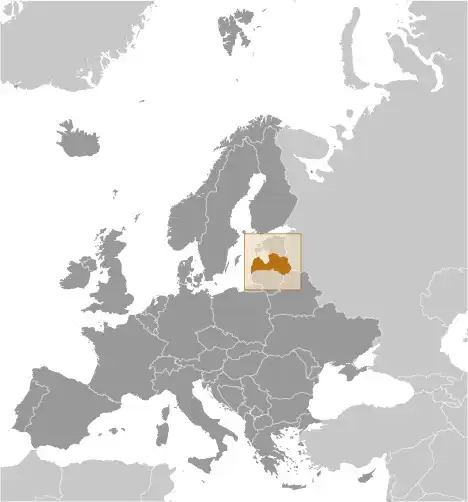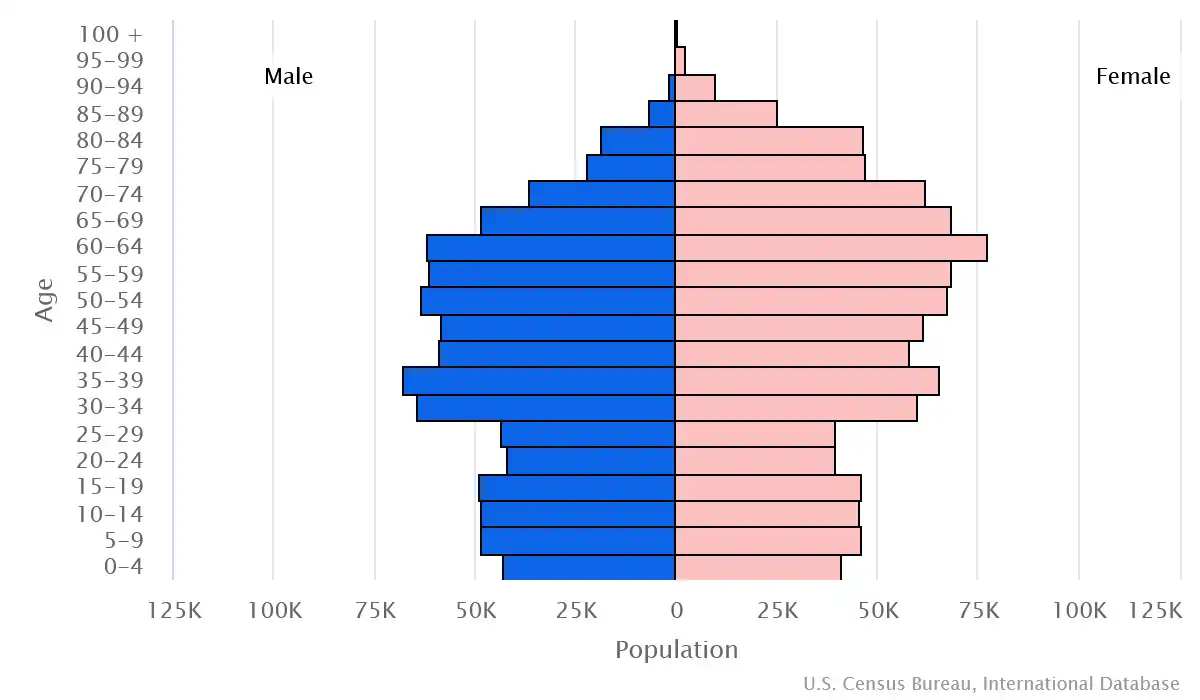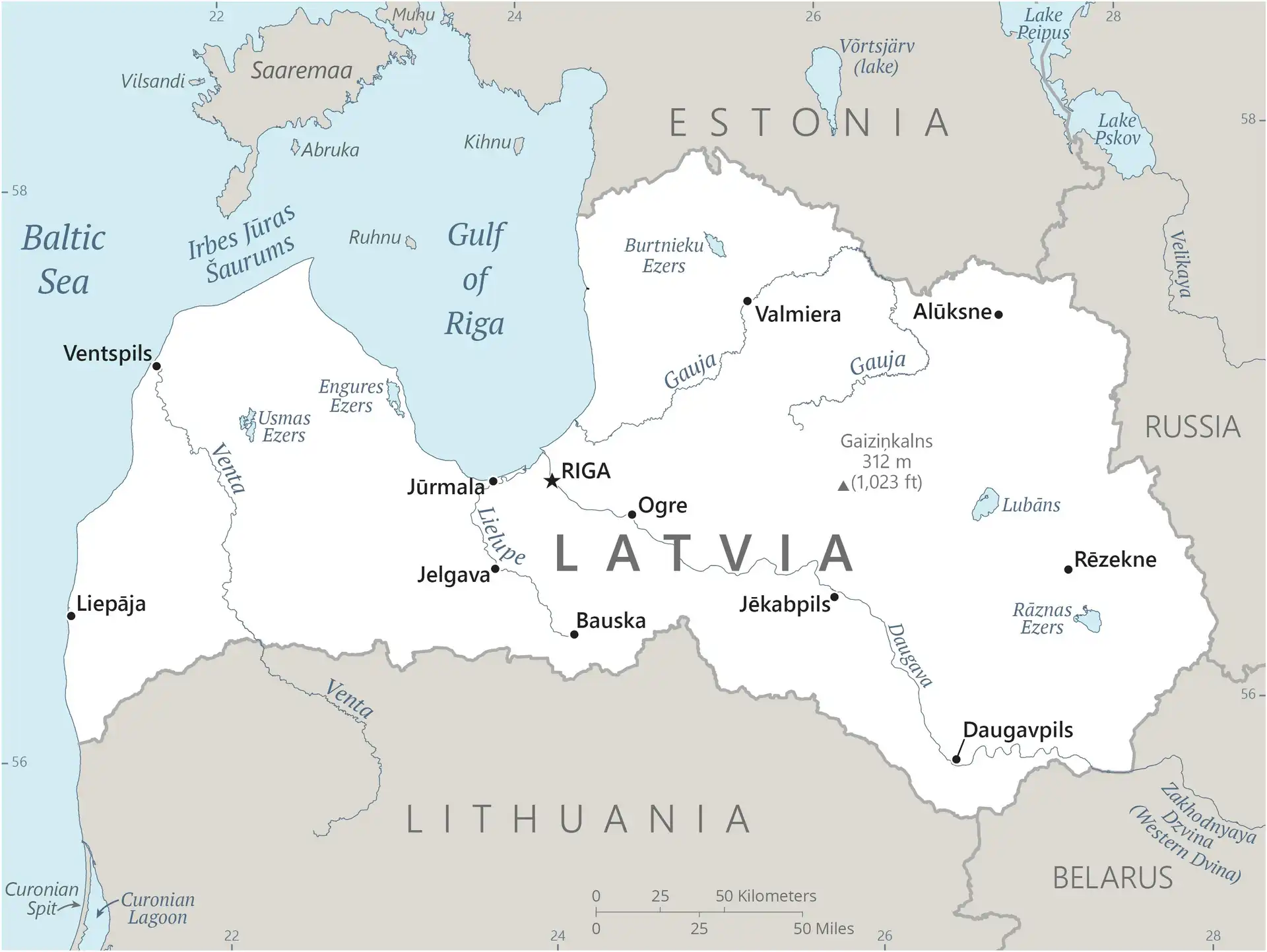
Latvia
Veröffentlicht: 19. June 2022 - Letztes Update: 28. February 2025
Country Data Dashboard

Population
1,801,246
Growth: -1.14% (2024 est.)
GDP
$42.248 billion
(2023 est.)
Area
64,589 sq km
| Government type: | parliamentary republic |
| Capital: | Riga |
| Languages: | Latvian (official) 56.3%, Russian 33.8%, other 0.6% (includes Polish, Ukrainian, and Belarusian), unspecified 9.4% (2011 est.) |
People & Society
Ethnicity (2021 est.)
Religion (2017 est.)
Age structure

Economy
Economic overview
high-income EU and eurozone member; economic contraction triggered by export decline and energy shocks; recovery driven by easing inflation, wage growth, and investments supported by EU funds; challenges from skilled labor shortages, capital market access, large informal sector, and green and digital transitions
Real GDP (purchasing power parity) in Billion $
Real GDP per capita in $
Exports & Imports in billion $
Top 5 Import Partner in 2022 (56%)
Top 5 Import Commodities in 2022
- natural gas 💨
- refined petroleum ⛽
- electricity ⚡
- cars 🚗
- packaged medicine 💊
Top 5 Export Partner in 2022 (56%)
Top 5 Export Commodities in 2022
- wood 🌲
- wheat 🌾
- natural gas 💨
- electricity ⚡
- broadcasting equipment 📡
Geography
Map

Area
Natural resources
- peat 🪵
- limestone 🪨
- dolomite 🪨
- amber 🟧
- hydropower 💧⚡
- timber 🌲
- arable land 🌱
Climate
maritime; wet, moderate winters
Historical Background Information
Several eastern Baltic tribes merged in medieval times to form the ethnic core of the Latvian people (ca. 8th-12th centuries A.D.). The region subsequently came under the control of Germans, Poles, Swedes, and finally Russians. A Latvian republic emerged following World War I, but the USSR annexed it in 1940 -- an action never recognized by the US and many other countries. Latvia reestablished its independence in 1991 after the breakup of the Soviet Union. Although the last Russian troops left in 1994, the status of the Russian minority (some 25% of the population) remains of concern to Moscow. Latvia joined both NATO and the EU in 2004; it joined the euro zone in 2014 and the OECD in 2016.
